
Cuisine
Filipino-American cuisine
Filipino-American cuisine is a relatively new cuisine that emerged in the United States in the 20th century. It is a fusion of Filipino and American flavors, ingredients, and cooking techniques. The cuisine is characterized by its bold flavors, use of fresh ingredients, and unique cooking methods. Filipino-American cuisine is a reflection of the Filipino diaspora in the United States and the cultural exchange between the two countries.
Typical ingredients
Rice, Adobo, Pancit, Lumpia, Lechon, Calamansi, Coconut milk, Garlic, Ginger, Soy sauce, Vinegar, Fish sauce, Bagoong
Presentation and garnishing
Filipino-American dishes are often served family-style, with large platters of food shared among diners. Garnishes such as sliced tomatoes, cucumbers, and onions are often used to add color and flavor to the dishes.
Filipino-American cuisine is a reflection of the unique experiences of Filipino immigrants in the United States. It is a fusion of two cultures and a celebration of the diversity of American cuisine.
More cuisines from this region...
Italian-American cuisine, Mexican-American cuisine, New American cuisine, Chinese American cuisine, Greek-American cuisine
History
Filipino-American cuisine has its roots in the early 20th century when Filipino immigrants began arriving in the United States. They brought with them their traditional dishes and cooking techniques, which were then adapted to the American palate. Over time, Filipino-American cuisine has evolved to include new ingredients and cooking methods, resulting in a unique fusion of flavors and textures. Today, Filipino-American cuisine is gaining popularity across the United States, with many restaurants and food trucks specializing in this cuisine.
Cultural significance
Filipino-American cuisine is an important part of Filipino-American culture. It represents the fusion of two cultures and the unique experiences of Filipino immigrants in the United States. The cuisine is also a way for Filipino-Americans to connect with their heritage and share their culture with others.
Health benefits and considerations
Filipino-American cuisine is generally healthy, with a focus on fresh ingredients and balanced flavors. However, some dishes may be high in sodium or fat, so it is important to eat them in moderation. Some traditional Filipino dishes may also contain allergens such as peanuts or shellfish, so it is important to check with the restaurant or chef before ordering.
Filipino-American cuisine recipes Browse all »

Filipino-American Cornbread
Savory Cornbread Delight: A Fusion of Filipino-American Flavors
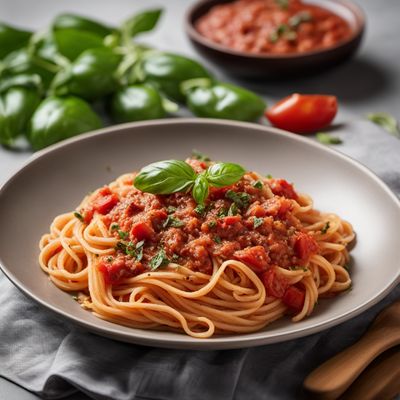
Filipino-American Style Tomato Pasta
Savory Tomato Pasta with a Filipino-American Twist
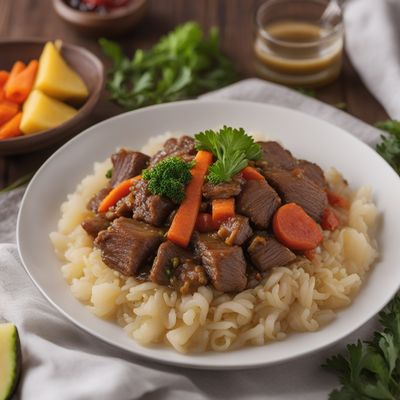
Filipino-American Fusion Stew
Savory Fusion Delight: Filipino-American Stew
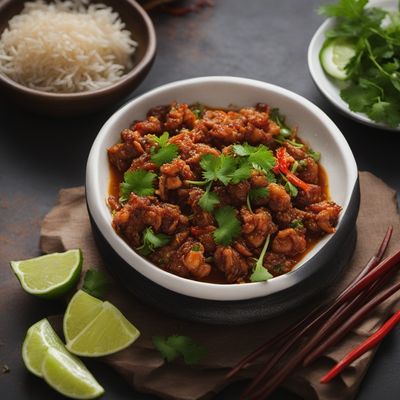
Sizzling Sai Krok Isan
Fiery Thai Sausage Sizzler with a Filipino-American Twist
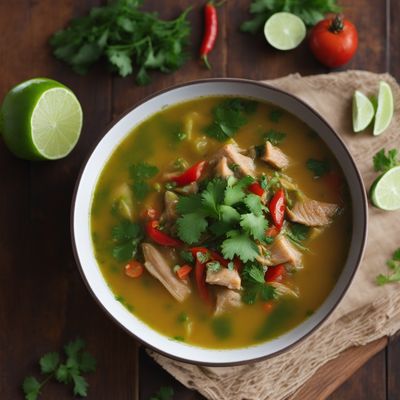
Filipino-American Style Frik Soup
Savory Fusion: Filipino-American Frik Soup

Stuffed Bell Peppers with a Filipino-American Twist
Fiery Fusion: Filipino-American Stuffed Bell Peppers
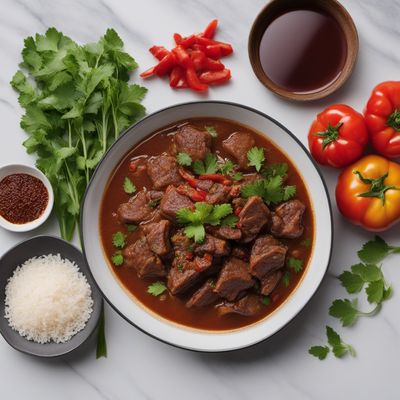
Eneksa Agaga - Filipino-American Style
Savory Beef Stew with a Filipino-American Twist
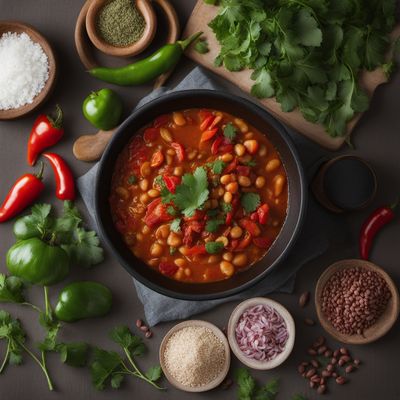
Spicy Filipino-American Style Lima Beans Stew
Fiery Lima Beans Delight: A Spicy Twist on a Filipino-American Classic

Filipino-American Style Creamy Rice Porridge
Creamy Rice Porridge: A Fusion of Filipino and American Flavors
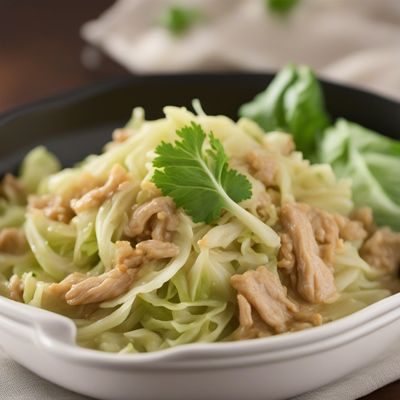
Filipino-American Style Creamy Cabbage
Creamy Cabbage Delight: A Fusion of Filipino and American Flavors

Filipino-American Style Goat Fried Rice
Savory Goat Fried Rice with a Filipino-American Twist

Filipino-American Style Sticky Rice in Bamboo
Bamboo Delight: Filipino-American Twist on Khao Lam